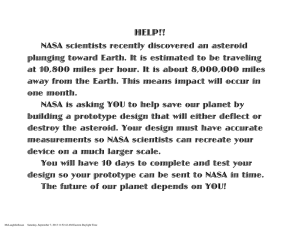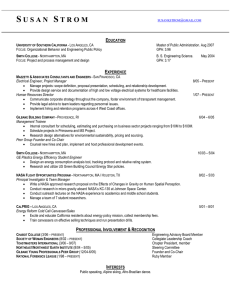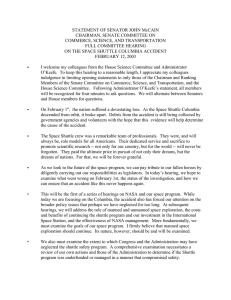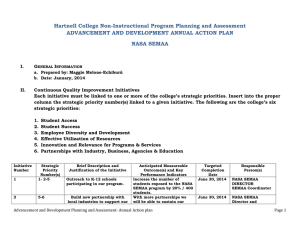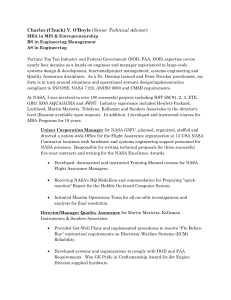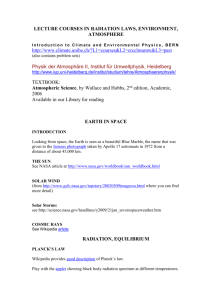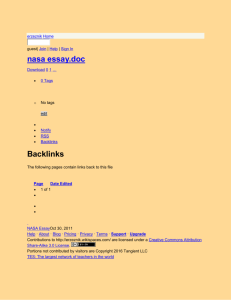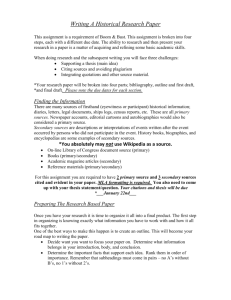NASA Administrator Sean O’Keefe, in a speech honoring the crew... But from this experience, we resolved to find the cause...
advertisement
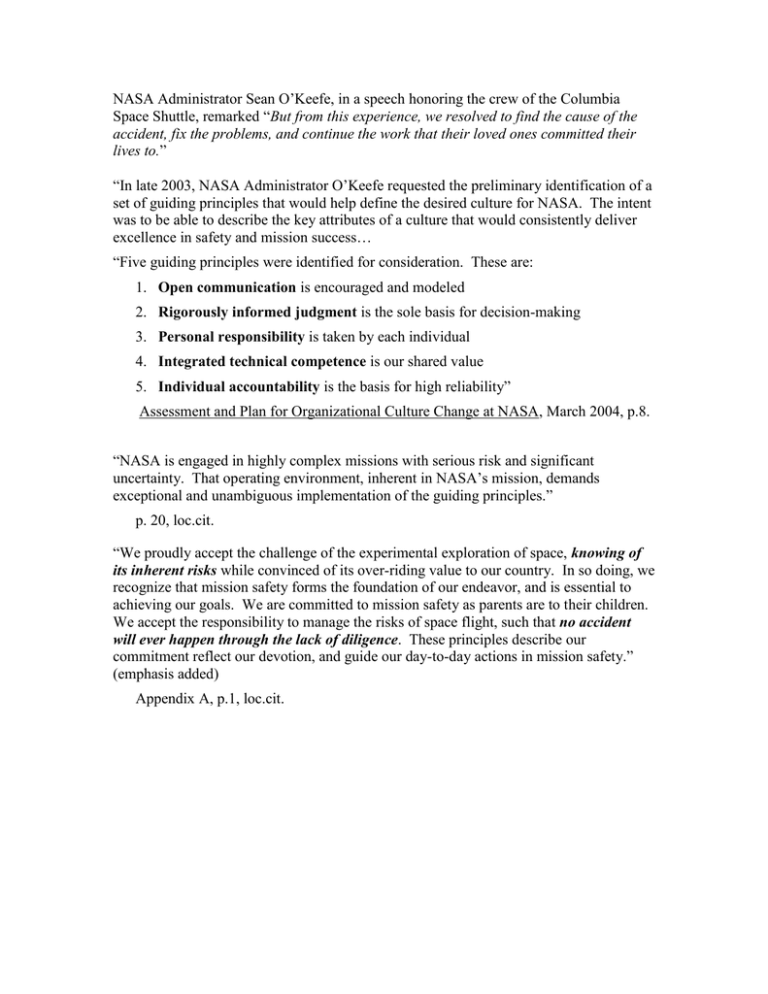
NASA Administrator Sean O’Keefe, in a speech honoring the crew of the Columbia Space Shuttle, remarked “But from this experience, we resolved to find the cause of the accident, fix the problems, and continue the work that their loved ones committed their lives to.” “In late 2003, NASA Administrator O’Keefe requested the preliminary identification of a set of guiding principles that would help define the desired culture for NASA. The intent was to be able to describe the key attributes of a culture that would consistently deliver excellence in safety and mission success… “Five guiding principles were identified for consideration. These are: 1. Open communication is encouraged and modeled 2. Rigorously informed judgment is the sole basis for decision-making 3. Personal responsibility is taken by each individual 4. Integrated technical competence is our shared value 5. Individual accountability is the basis for high reliability” Assessment and Plan for Organizational Culture Change at NASA, March 2004, p.8. “NASA is engaged in highly complex missions with serious risk and significant uncertainty. That operating environment, inherent in NASA’s mission, demands exceptional and unambiguous implementation of the guiding principles.” p. 20, loc.cit. “We proudly accept the challenge of the experimental exploration of space, knowing of its inherent risks while convinced of its over-riding value to our country. In so doing, we recognize that mission safety forms the foundation of our endeavor, and is essential to achieving our goals. We are committed to mission safety as parents are to their children. We accept the responsibility to manage the risks of space flight, such that no accident will ever happen through the lack of diligence. These principles describe our commitment reflect our devotion, and guide our day-to-day actions in mission safety.” (emphasis added) Appendix A, p.1, loc.cit.
